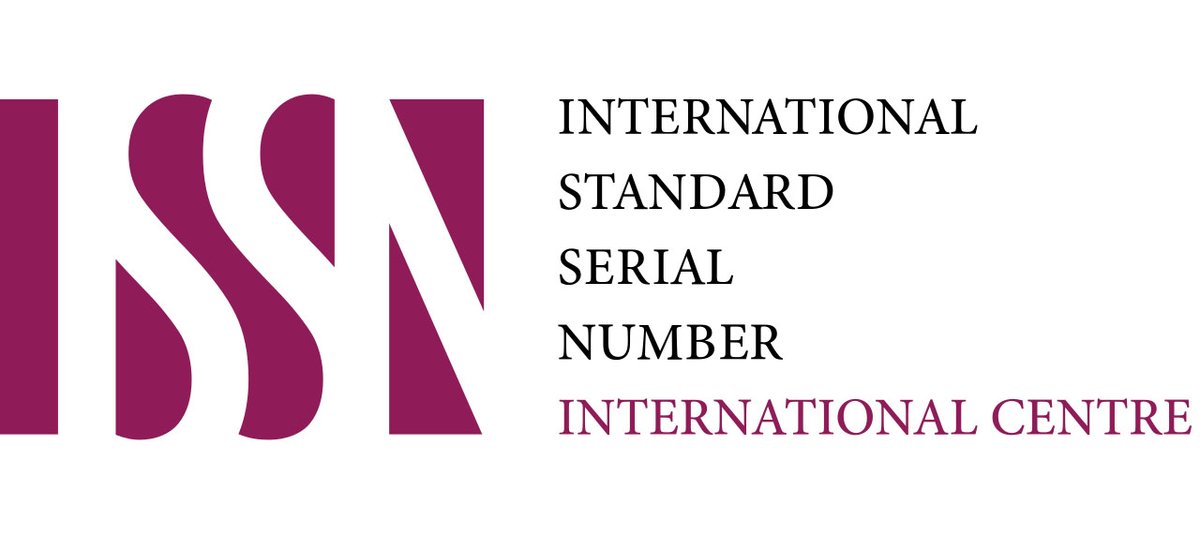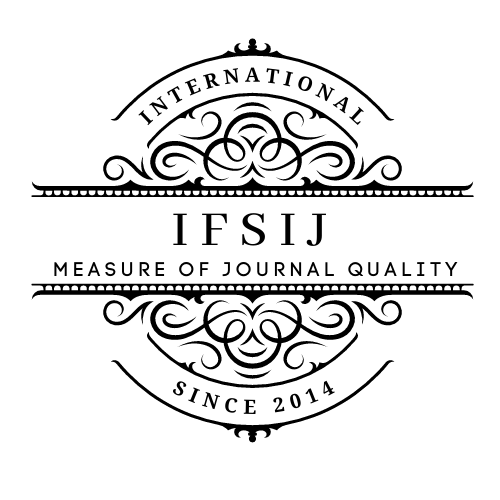CORRECT THE RESPIRATORY AND OLFACTORY FUNCTIONS OF THE NOSE
Abstract
Nasal breathing is absolutely physiological, unlike breathing through the mouth. This process is carried out by resisting the intra-nasal structures (nasal valve, nasal concha) to the air flow, which createsется отрицательное давлa negative pressure in the chest, which directsair from the nasal cavity and paranasal sinuses to the underlying respiratory tract. On exhalation, when the pressure inthe chest is equalized,the remaining air from the respiratory tract is directed to the nasal cavity and paranasal sinuses [1]. Nasal breathing is closely related to the sense of smell. Odorous substance molecules (odorants) together with the inhaled air are directed to the olfactory cleft area, where there is a cluster of olfactory sensory cells. By binding to the receptors, odorants generate a signal that issent along the olfactory filaments tothe olfactory bulbs, and then to the olfactory center in the brain. The sense of smell playsan important role in human life, participates in the formation of mood, performs protective, informational functions. For workers in the field of cooking and perfumery, the ability to smell is extremely important in their work [2]. Nasal breathing difficulties, nasal congestion, and nasal discharge can makethe respiratory and olfactory functions of the nose difficult or impossible. Most often, the cause is swelling of the mucous membrane.
Downloads
Published
Issue
Section
License

This work is licensed under a Creative Commons Attribution-NonCommercial-NoDerivatives 4.0 International License.















